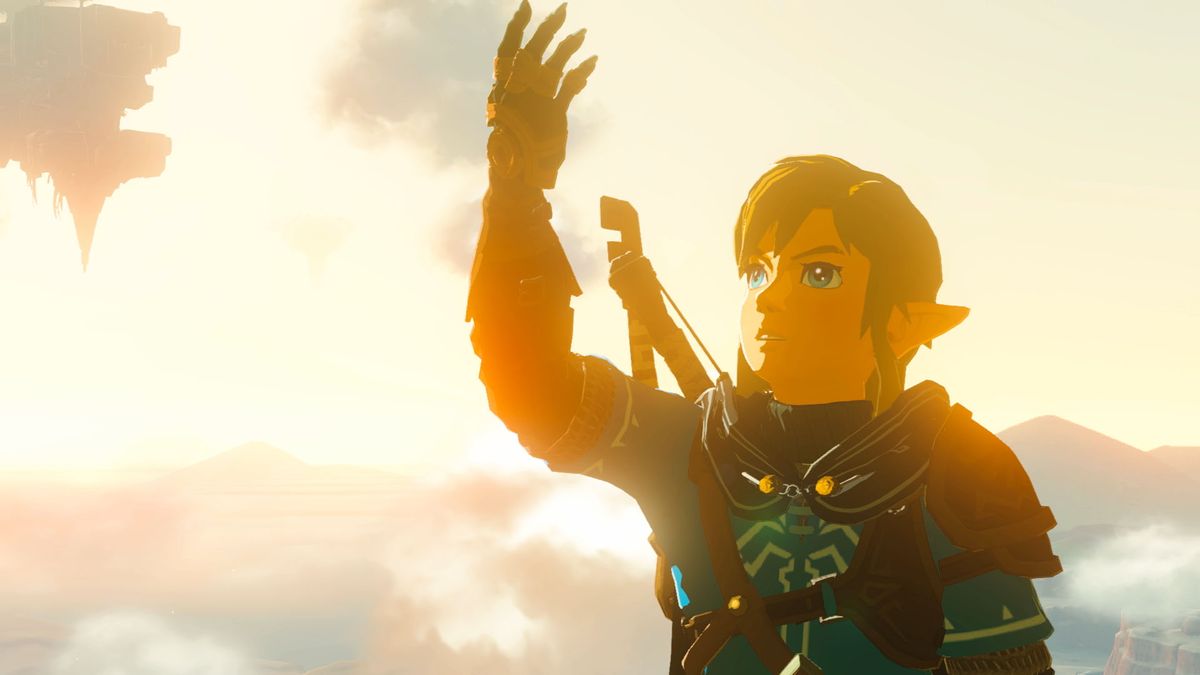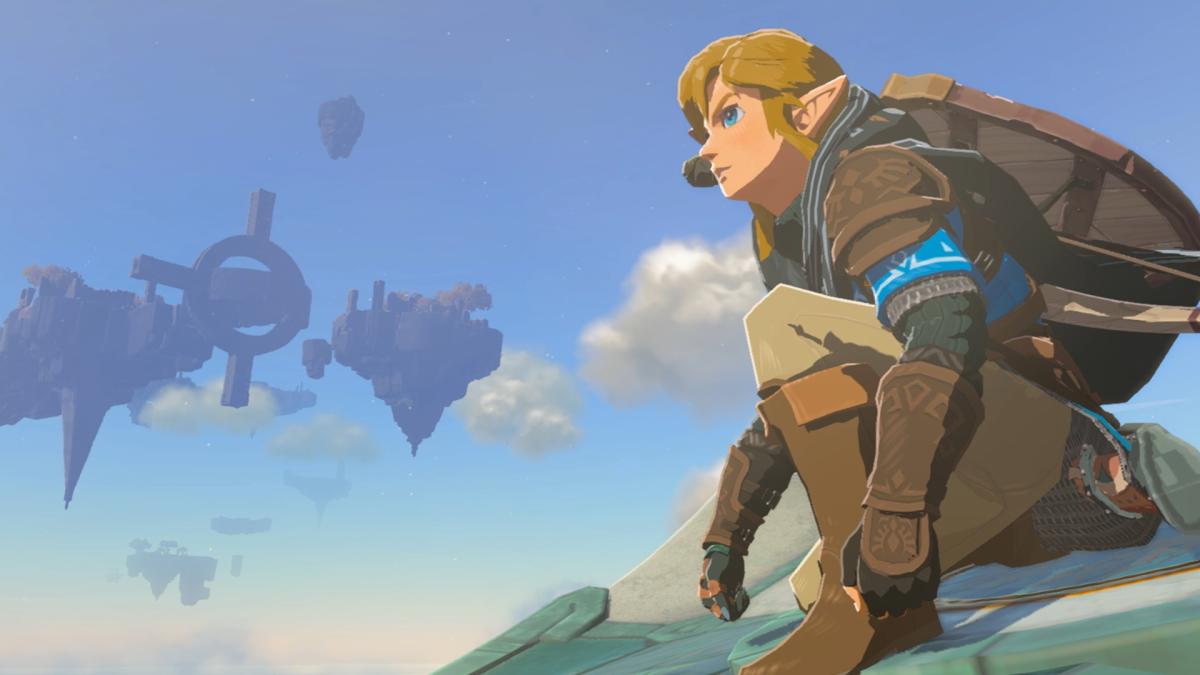This is part of the reason why they had a "small" marketing campaign. They didn't want to show their entire hand too early. In about 3-4 years we will start to see TotK inspired games. Remember it only took Fenyx Rising 3/4 years to drop after being heavily inspired by BotW.
I'd love to see it, but Breath of the Wild's impact on the industry isn't as large as I would have hoped.
The decisions they've made, specifically in being relatively hands-off on the player experience (or at least seeming that way), isn't something that I think many developers are interested in replicating. They prefer to have more, like, controlled and curated experience it seems to me. But it goes deeper than that even.
There was that controversy a while back regarding the characters "backseating" in God of War: Ragnarok. That stuff was obviously very intentional. But perhaps also a necessary. It's not a coincidence that most of Zelda's heavy puzzle content happens in extremely sterile shrines where the only elements you can see are the elements you need to solve the puzzle.
Recently people were complaining about paint in Resident Evil or something, idk. And again, like, Zelda has a very clean, simplistic art style, where interactable elements and points-of-interest are immediately apparent. You don't have to waste brain power scanning through all sorts of photorealistic clutter.
The cleverness in Zelda's design extends far beyond mechanics and puzzles. It's in how everything is geared to convey relevant information to the player and the removal of any noise from that signal.
And with Tears of the Kingdom, I feel they've done a lot more than push the boat out, they've ultrahanded rockets on the thing. Leaving aside how incredibly
difficult this stuff is on every level, from design, to programming, to testing... The reason we can do the things we can do in Tears of the Kingdom is because the series is extremely quirky. You can give Link really bizarre powers like merging through the ceiling. Witcher 4 isn't going to get away with that, right? Or anything remotely like that.
I do think immersive sims might want to go further in physics simulations, particularly in terms of destructible environments/collapsible structures and stuff. That would be really cool to see, but the genre is more niche and the teams don't have the budget that the Zelda team do. And also, how do you make it fun? How do you convey to the player how to do this stuff in a way that doesn't break the immersion? I don't think it's possible without abandoning the tone or the art style that the developers might want for their story or whatever.
I honestly think the Zelda team are walking a path that no-one else in the industry can follow. Those that have the resources don't have the will. Those with the will don't have the resources. But that's fine. I'm so incredibly grateful that this stuff even exists.






